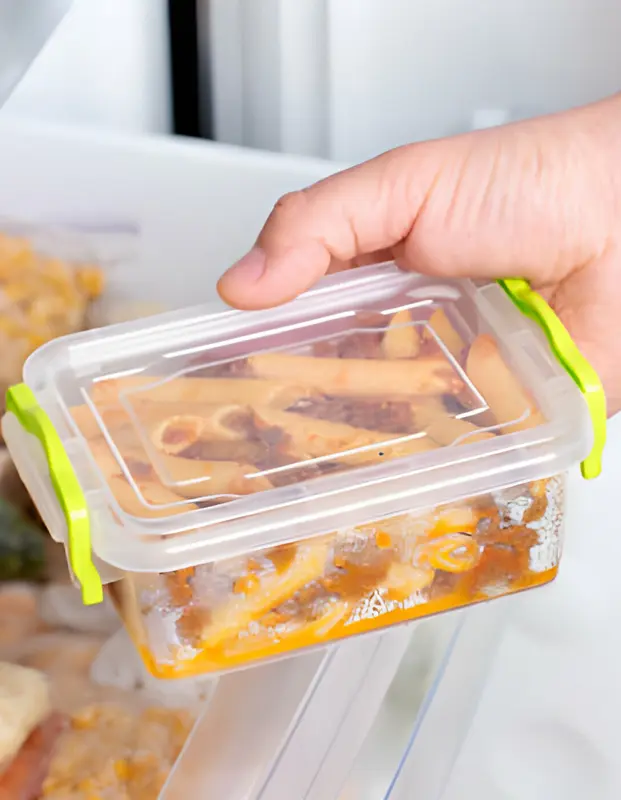How Long Can Chicken Spaghetti Stay in the Fridge?
Chicken spaghetti, a beloved dish known for its rich flavors and comforting presence on the dinner table, often leaves us with leftovers. Proper storage is crucial to maintaining its quality and ensuring food safety. This article delves into the optimal ways to store chicken spaghetti, how long it can safely remain in the fridge, and tips for maximizing its shelf life.
Understanding Food Safety
When it comes to leftovers, understanding the basics of food safety is paramount. Food spoilage and the risk of foodborne illnesses are significant concerns that proper storage can mitigate. The role of refrigeration is to slow down the growth of bacteria that can cause food to spoil and potentially make you sick.
For a deeper dive into food safety and how it impacts your health, consider reading about safe food handling practices.
Storage Guidelines for Chicken Spaghetti
For optimal storage, chicken spaghetti should be kept in the fridge at or below 40°F (4°C) in an airtight container. This environment slows bacterial growth and helps maintain the quality of the dish. The shelf life of chicken spaghetti in the fridge is typically 3-5 days. This duration ensures that the dish remains safe to eat and retains its taste and texture.
- Temperature: Keep the fridge at or below 40°F.
- Container: Use an airtight container to prevent air exposure and moisture loss.
- Shelf Life: 3-5 days in the fridge for optimal safety and quality.
To understand more about the importance of temperature control in food storage, check out our guide on how temperature affects food safety.
Maximizing the Shelf Life of Chicken Spaghetti
To extend the shelf life of chicken spaghetti and ensure it remains delicious and safe to eat, follow these tips:
- Cool Quickly: Allow the spaghetti to cool to room temperature within two hours before refrigerating to prevent bacterial growth.
- Store Properly: Divide large quantities into smaller portions in airtight containers for quicker cooling and easier reheating.
- Ingredients Impact: The freshness of the ingredients used can also affect the dish’s longevity.
Reheating and Consumption
When it comes to reheating chicken spaghetti, doing so safely is as important as storing it properly. Ensure the dish is heated thoroughly to 165°F (74°C) to kill any bacteria that may have developed. Be mindful of these signs of spoilage:
- Odor: A sour or unpleasant smell is a clear indicator.
- Texture: Slimy or unusually sticky pasta and chicken.
- Color: Any discoloration in the sauce or ingredients.
Frequently Asked Questions
- Can I freeze chicken spaghetti to extend its shelf life? Yes, freezing can extend the shelf life to 2-3 months. However, the texture of the pasta may change upon thawing and reheating.
- How can I tell if chicken spaghetti is no longer safe to eat? Look for signs of spoilage such as bad odor, discoloration, and an off texture.
- Are there any risks in eating chicken spaghetti that has been refrigerated for too long? Consuming spoiled food can lead to foodborne illnesses, so it’s best to err on the side of caution and discard any food that’s been refrigerated beyond its recommended shelf life.
For more insights into making the most out of your leftovers, explore our collection of quick and easy pasta recipes for busy weeknight dinners, which includes tips on storing and reheating pasta dishes.
In conclusion, while chicken spaghetti can be a delightful meal to enjoy beyond its initial serving, paying close attention to food safety practices, storage guidelines, and shelf life is essential. By following these tips, you can savor your leftovers with the assurance that they are both safe and delicious.





Leave a Comment